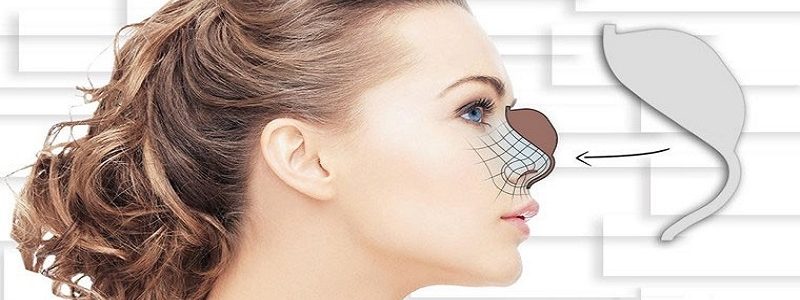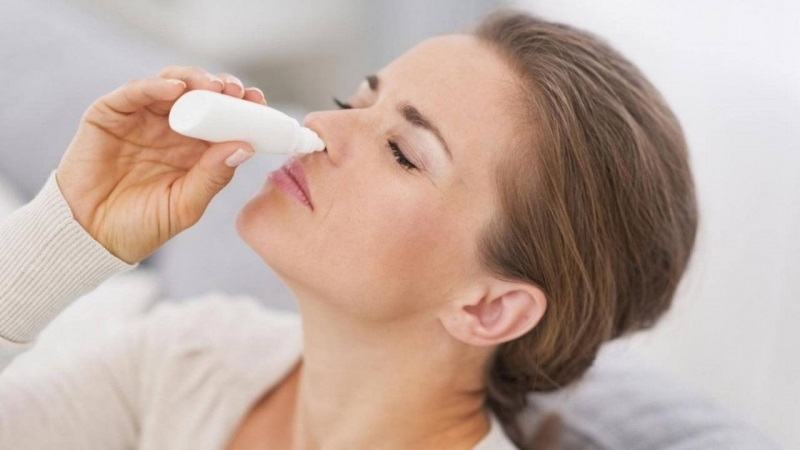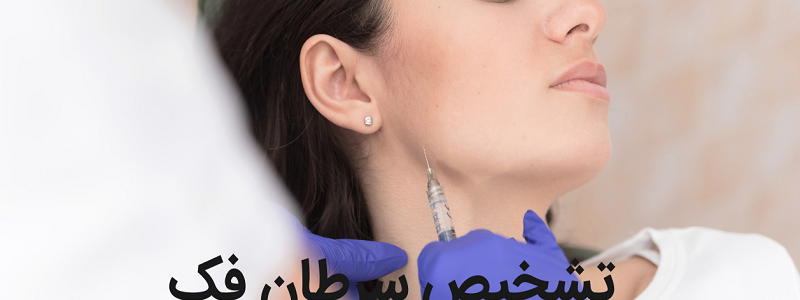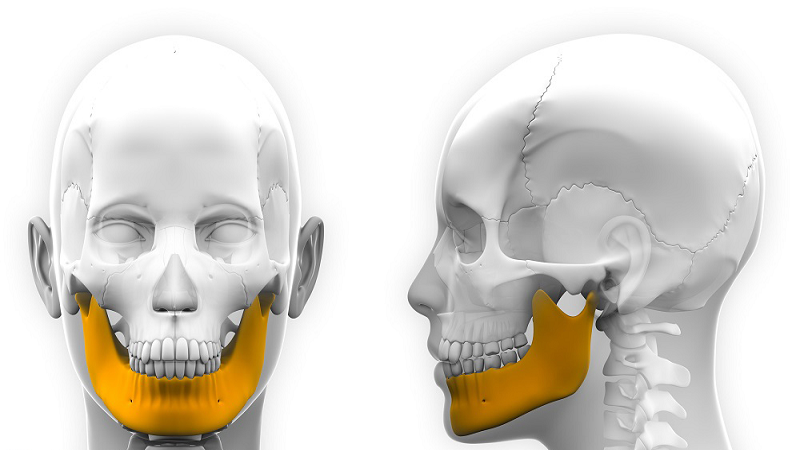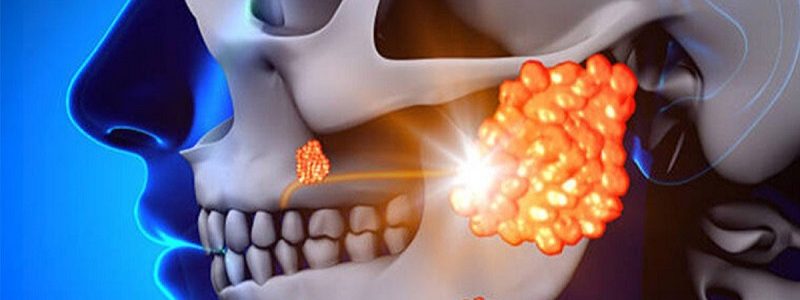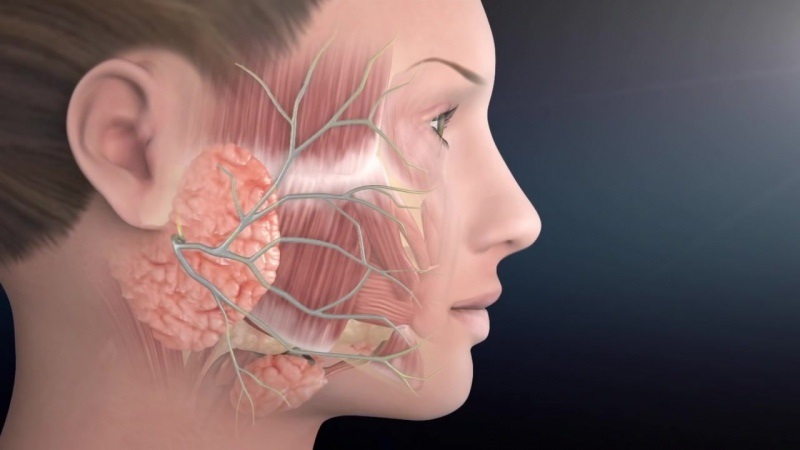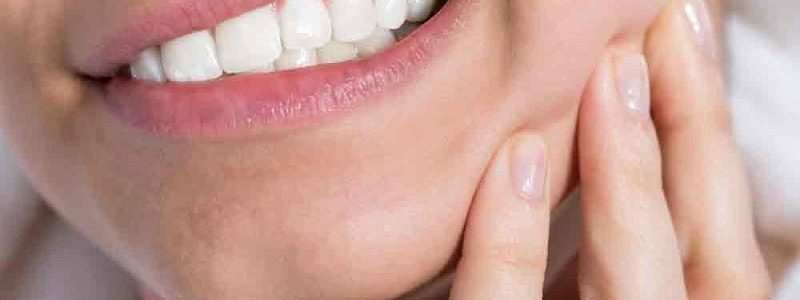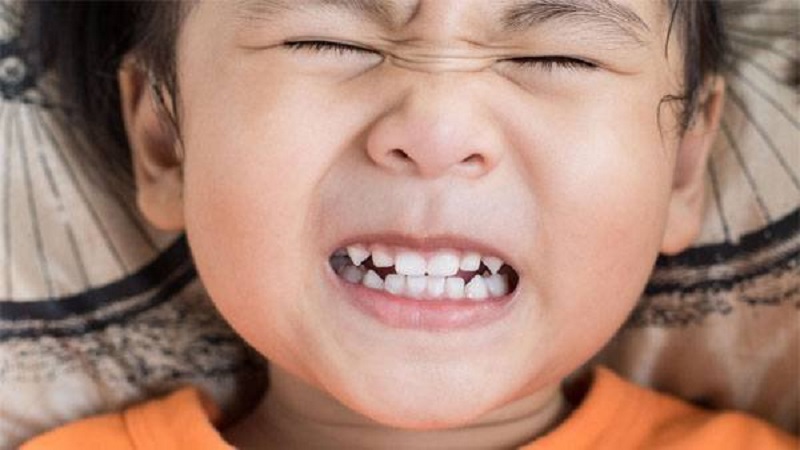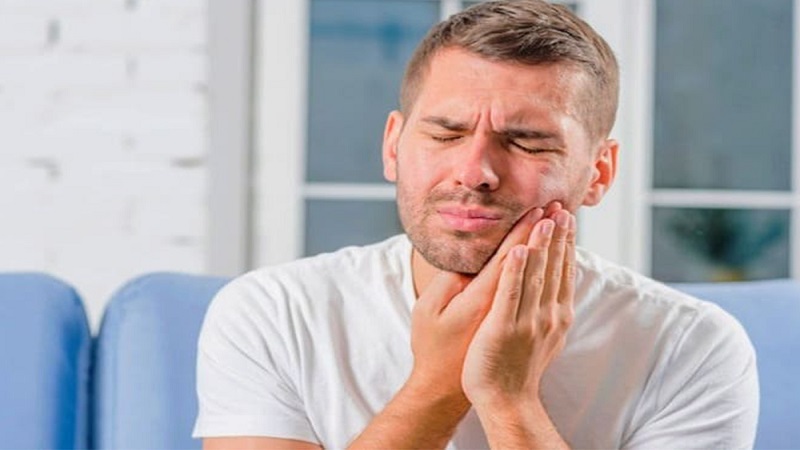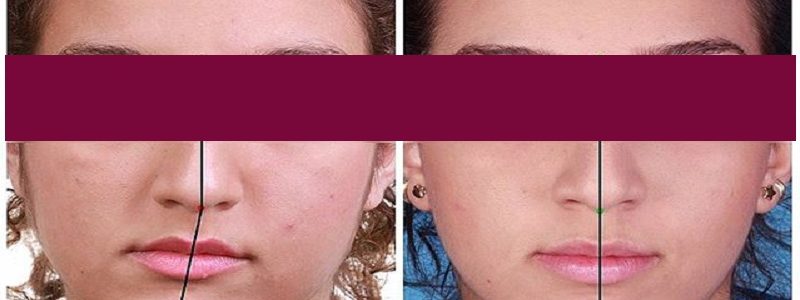عمل بینی با اسکن سه بعدی از جدیدترین روشهای عمل بینی می باشد
Nose surgery یکی از رایجترین جراحی هایی است که هر روز افراد مختلف برای انجام آن تصمیم می گیرند و به سراغ پزشکانی می روند که بتوانند با سابقه طولانی که دارند، یک بینی زیبا بعد از عمل برای شان خلق کنند.
What is the meaning of nose surgery with 3D scan?
زمانی که صحبت از جراحی سه بعدی بینی می شود، نباید فکر کنیم که این اسکن ها فقط مخصوص جراحی بینی هستند. شما می توانید برای جراحی های مختلف در صورت این اسکن را به انجام برسانید.
زمانی که اسکن سه بعدی را از صورت شما به عمل میآورند، می توانید متوجه شوید که هر ناحیه از صورت تان به چه کاری نیاز دارد. آنها از طریق اسکن تمامی اجزای صورت، فاصله اجزا با یکدیگر و میزان حجم آنها را در نظر می گیرند. سپس تغییراتی را از طریق همان اسکن اعمال می کنند تا شما ببینید که چهرهتان بعد از rhinoplasty یا جراحی لب یا The jaw and face surgery و غیره چگونه خواهد شد.
Rhinoplasty with 3D scanning
ابتدا از شما عکس میاندازند و با نرم افزار برنامه طراحی سه بعدی ایرادات بینیتان را از طریق تصویر مشخص می کنند، اصلاحات کافی را روی آن انجام می دهند، شکل بینی اصلاح شده یا بینی بعد از عمل را از قبل به شما نشان می دهند که فقط چند دقیقه زمان می برد و جالب است بدانید که همان داخل مطب هم این کارها را برایتان به انجام می رسانند.
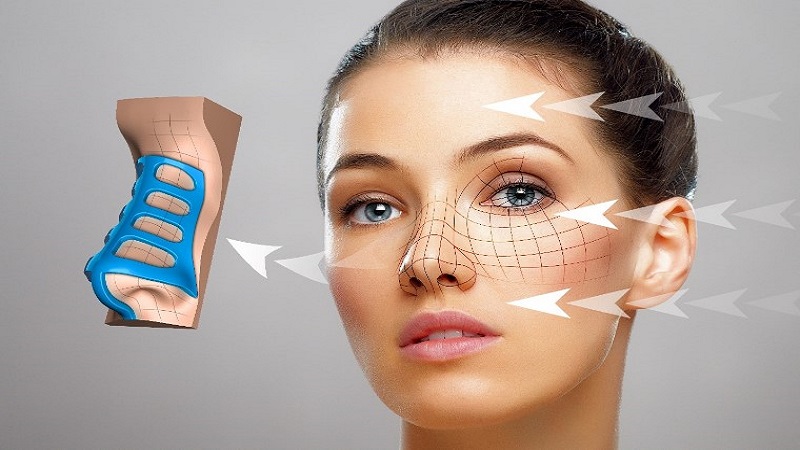
Follow Dr. Behnam Khorrami, Isfahan nose surgeon - Isfahan jaw surgeon on Instagram.
مزایای اسکن سه بعدی
زمانی که می گوییم عمل بینی با اسکن سه بعدی را انجام دهید، به این علت است که مزایای زیادی دارد که عبارتند از:
- اول از همه اینکه جراح تشخیص می دهد چقدر از استخوان و Nasal cartilage شما اضافه است و باید آن را بردارد. در نتیجه از قبل میداند که باید دقیقاً از کجا عمل را آغاز کند تا بتواند به تناسب حداکثری برسد و چگونه باید یک بینی اصلاح شده را به شما تحویل دهد.
- مزیتی که برای خود شما وجود دارد، این است که میدانید قرار است بینیتان چه شکلی شود. شاید خیلی افراد چهره خود را بعد از عمل بینی دوست نداشته باشند. در نتیجه عمل بینی با اسکن سه بعدی این امکان را در اختیار آنها خواهد گذاشت که از آینده عمل باخبر شوند و تصمیم بگیرند که می خواهند اقدام به انجام این کار کنند یا خیر. چون حتی تغییرات یک میلی متری هم روی کل صورت مشهود می شود و شما باید از همه آن ها خبر داشته باشید و اعلام کنید که رضایت انجام این کار را دارید یا نه.
البته لازم به ذکر است زمانی که طراحی سه بعدی را برای شما انجام میدهند، نباید فکر کنید که بعد از اینکه از اتاق عمل بیرون می آیید، دقیقاً همان بینی را تحویل می گیرید. در واقع جراحی بینی با طراحی سه بعدی یک ایده آل کلی را ترسیم می کند. شاید همه جزئیات با این طراحی ها یکسان نباشند. از طرفی ورم و التهابات بعد از عمل را نیز در نظر بگیرید. شاید نیاز باشد که مدت زمانی سپری شود و بعد شما به نتیجه مورد نظر خود برسید. پس خیلی زود قضاوت نکنید.
شبیه سازی نتیجه جراحی
یکی از مهم ترین مزایای جراحی بینی سه بعدی، شبیه سازی نتیجه جراحی است. با استفاده از این فناوری، بیمار می تواند قبل از عمل، نتیجه نهایی جراحی را به صورت مجازی ببیند و در صورت رضایت، جراحی را انجام دهد. این امر به کاهش نگرانی های بیمار و افزایش رضایتمندی وی پس از جراحی کمک می کند.
Dr. Behnam Khorrami's page in the clinic 24 View it.
Suggested contents of Dr. Behnam Khorrami's website (Best of nose surgery – Jaw surgeon of Isfahan):
